September 20, 2022
By Callie Morgan
Ryan Christopher Jones was 21 years old when he picked up a camera for the first time. “I remember feeling this flash of creativity,” Jones said. “I didn’t have to think about creating something in the way that usually held me up.”
He’d been a writer and musician throughout his early life, but photography was different. All he had to do was observe.
Capturing moments with friends on his Canon AE-1 soon gave way to a professional journey into the field. He began his career in 2003 as a photo lab manager, and then a corporate trainer, at Longs Drugs, a pharmacy chain. When he grew tired of the corporate structure, he became a freelancer, photographing weddings and doing commercial work.
But it wasn’t until Jones was in his 30s that he discovered his calling. He wanted to document his community. So he brought his passion, talent and camera to his hometown newspaper, The Fresno Bee.
The next couple of years in the journalism world weren’t exactly how he envisioned them. In his next role as a freelancer at Newsday Media Group, one of his most memorable assignments was a piece on Long Island’s best french fries.
“I had another strange, come-to-Jesus moment where I was like, ‘Wait, is this what journalism is? Is this really what I wanted?’” Jones said.
He finally received the confirmation he was looking for while freelancing at The New York Times, where he worked on a piece about the opioid crisis in the Bronx.
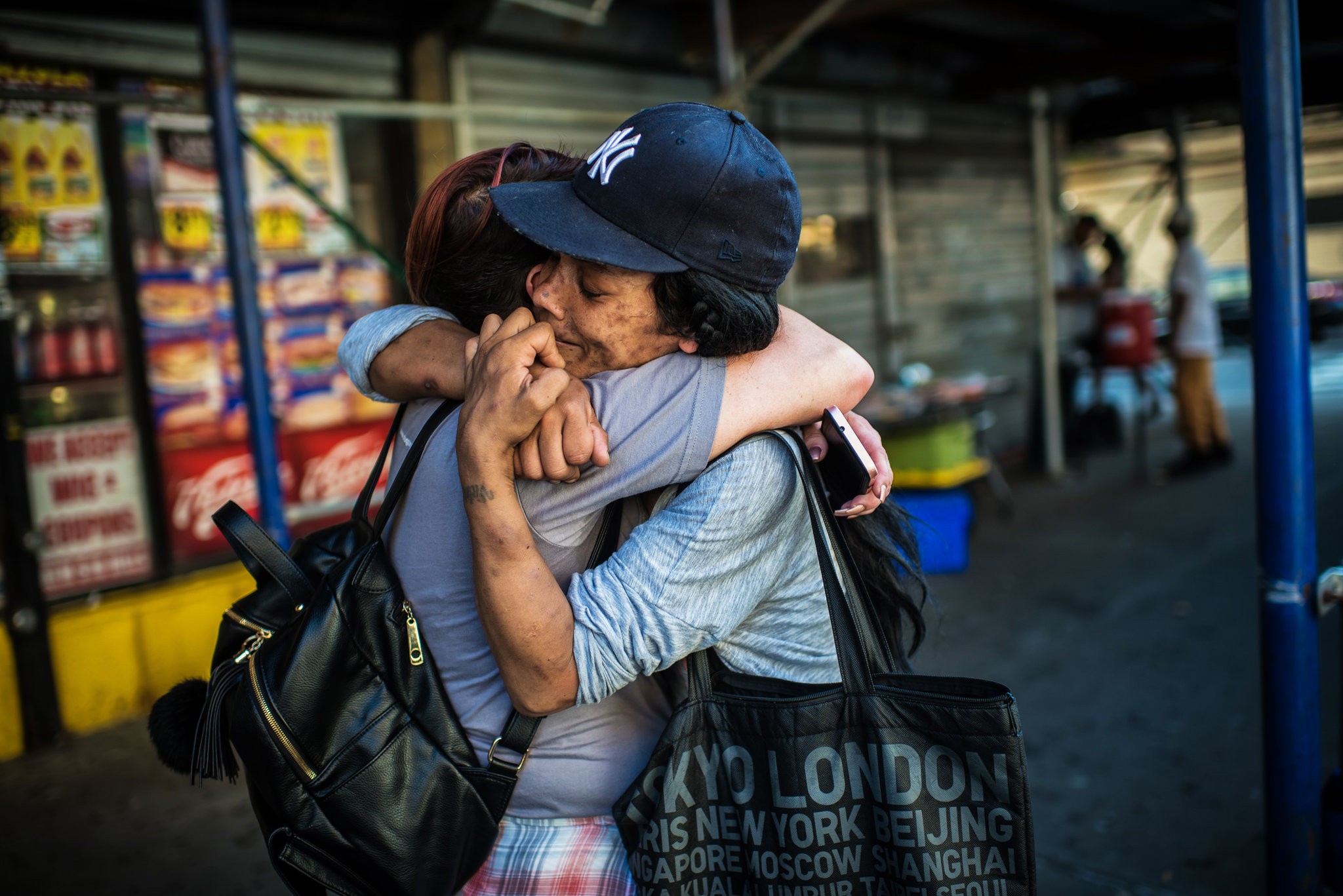
Image from “The Bronx’s Quiet, Brutal War With Opiods” by The New York Times
“That had been the culmination of 15 years of learning how to interact with people, learning how to observe, learning how to ask questions,” Jones said. “And I finally had this big, sensitive topic I could experiment with.”
From there, he hit the ground running with stories documenting the American West, where he grew up, and Mexico, where his cultural roots run deep.
In 2016, Jones launched a personal project titled “No Estuve Aquí” – a collection of moments he’s captured in his travels to Mexico. As someone who grew up half-Mexican and half-American, Jones often felt like he was straddling a line between his heritage and identity. This project has allowed him to “meditate on what it means to be Mexican.”
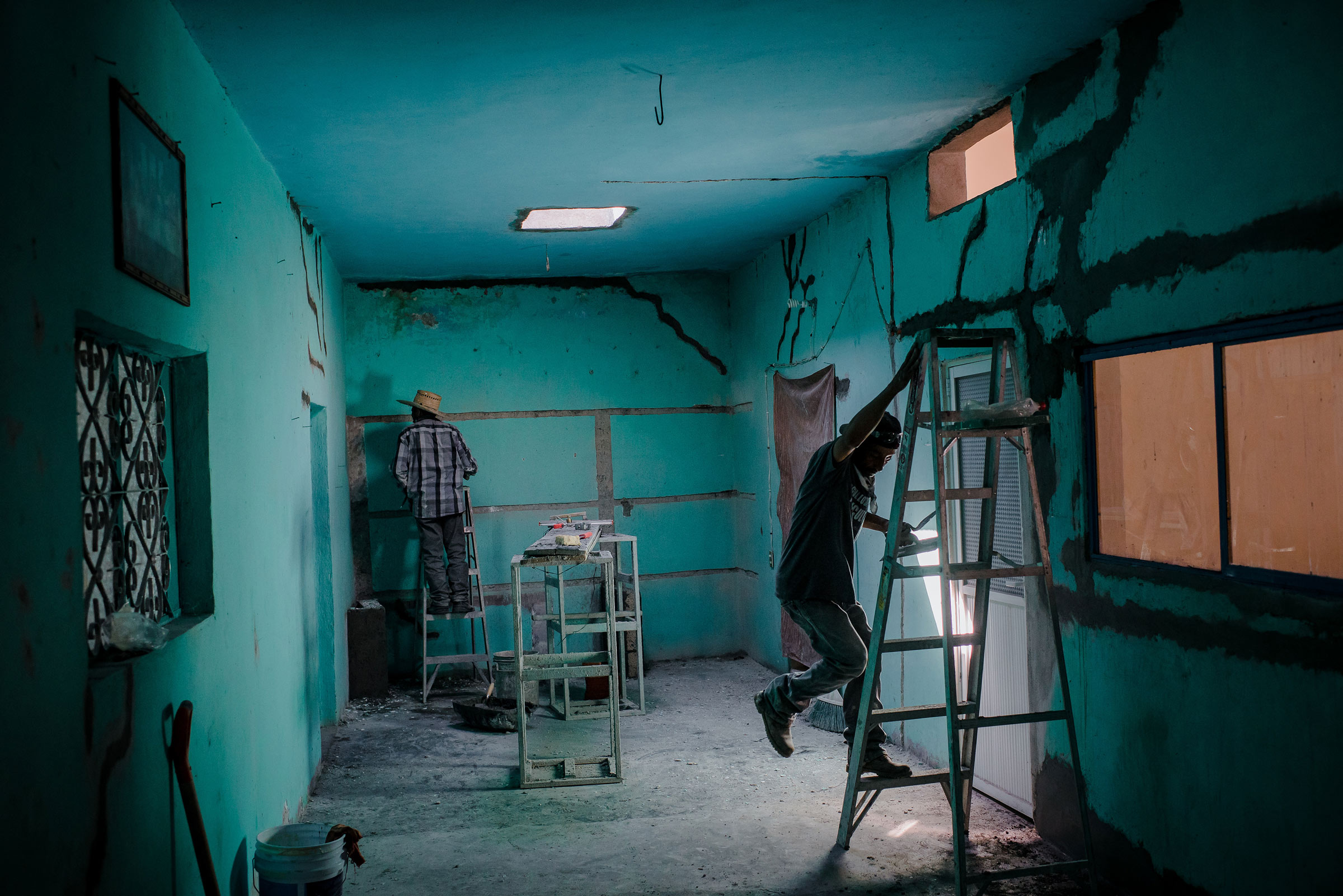
Image from “The Bronx’s Quiet, Brutal War With Opiods” by The New York Times
Jones’ collaborative work has also investigated issues that are important to him, including immigration, labor and the environment. His favorite is “Underground Lives: The Sunless World of Immigrants in Queens,” which he produced for The New York Times. Shadowing New York immigrant Amado, and even traveling with him back to Mexico, Jones documented the lonely lifestyle that the underground housing culture in Queens creates for the city’s immigrants.
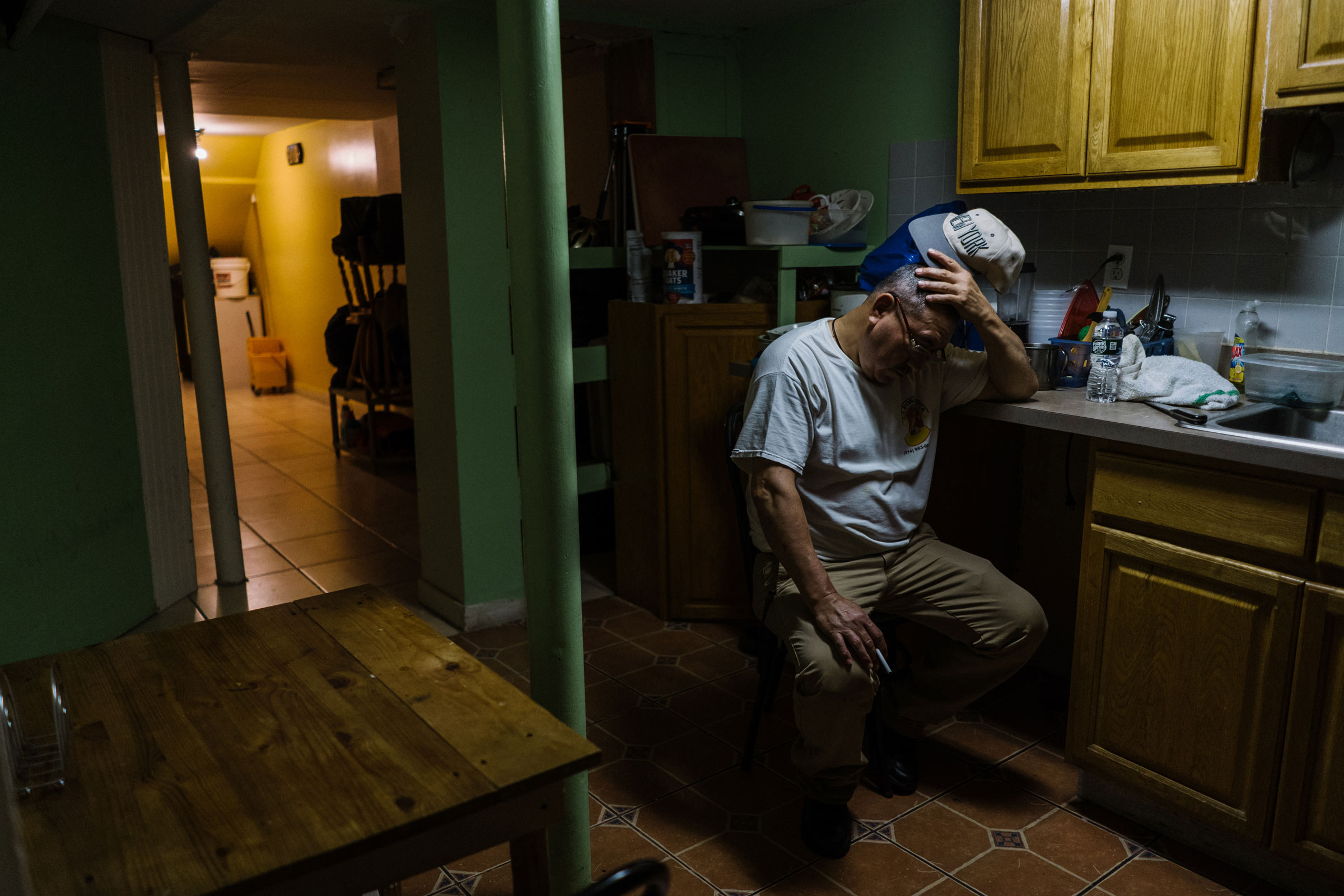
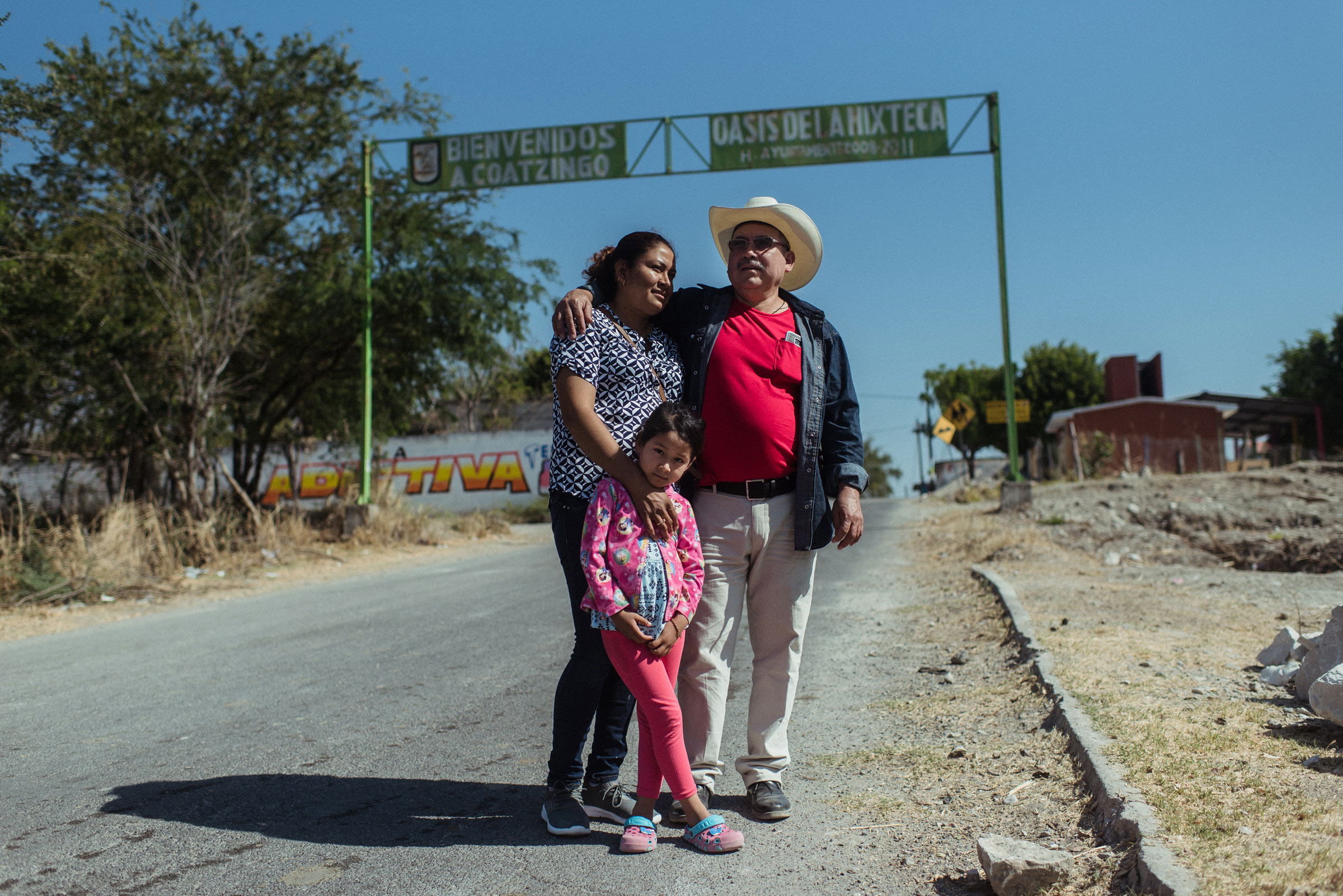
Images from “Underground Lives: The Sunless World of Immigrants in Queens” by The New York Times
“It was a really, really human piece that complicated the traditional narrative that the United States is utopia, and everywhere else sucks,” he said.
His freelance experience culminated in a 2021 collaboration with CCIJ on two water-related stories. Alongside reporter Lois Henry, Jones visited Kings County, California, to speak to farmers about the ongoing losses they’ve faced as agricultural titans pump, transfer and sell the region’s water.
Jones was well-positioned to work on the stories as a Central Valley native. He understood the area’s lighting, giving him access to the best-quality photos. Having a water policy expert like Henry out in the field with him only brought energy to the shoot experience, which he said can often be quite isolating.
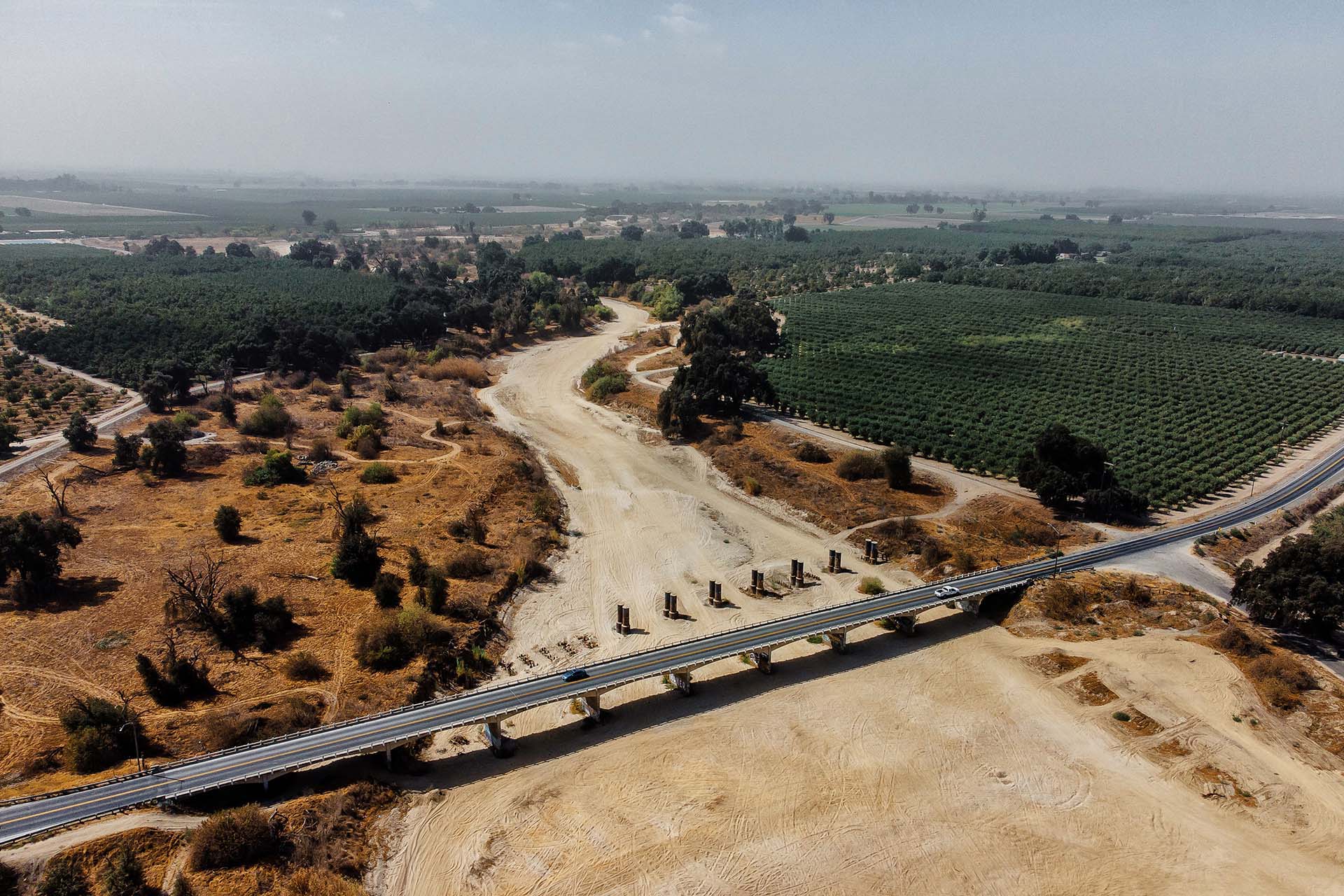
Image from “Where is the water going?” by CCIJ
But the photos that Jones shot for CCIJ comprise some of the most complicated and difficult work he’s ever done. “I mean, ‘How do you visualize a sinking town?’” he said.
He admits that he doesn’t quite know the answer. Though he’s happy with how the pieces turned out, he grapples with visualization questions like this one in every complex project he takes on.
It all comes down to building tension and trust, Jones said. His visual style tends toward creating contrast between light and dark, an aesthetic choice that often magnifies a more symbolic meaning. He also understands that in order to organically observe his subjects, it’s important he spends time with them off-camera.
“Our very presence as reporters, and especially as photographers, is going to change the way that these people see and interact with their day,” Jones said.
He’s spent the last decade facing this hard truth and its challenges – of knowing how to connect, when to fight and where to stop. Over that time, Jones has crafted a portfolio of over 200 stories in collaboration with esteemed outlets like The New York Times and The Washington Post.
Ten years of investigating questions about societal conditions through photojournalism has brought Jones to a new series of higher-level questions. He will spend the next five to seven years at Harvard University, getting his PhD in anthropology and wrestling with existential concerns like how to build a societal foundation that better reflects our values.
Jones isn’t sure he’ll make a full return to photojournalism. It’s a difficult career to sustain in an industry constrained by short-term freelance opportunities. Come graduation, he plans to teach and conduct research as he moves through this new discovery period.
But wherever the future takes Jones, he’ll continue using photography to dig into his curiosities. As he moves from documenting time with friends to peeling back the layers of society, he’ll do so with his camera in hand.